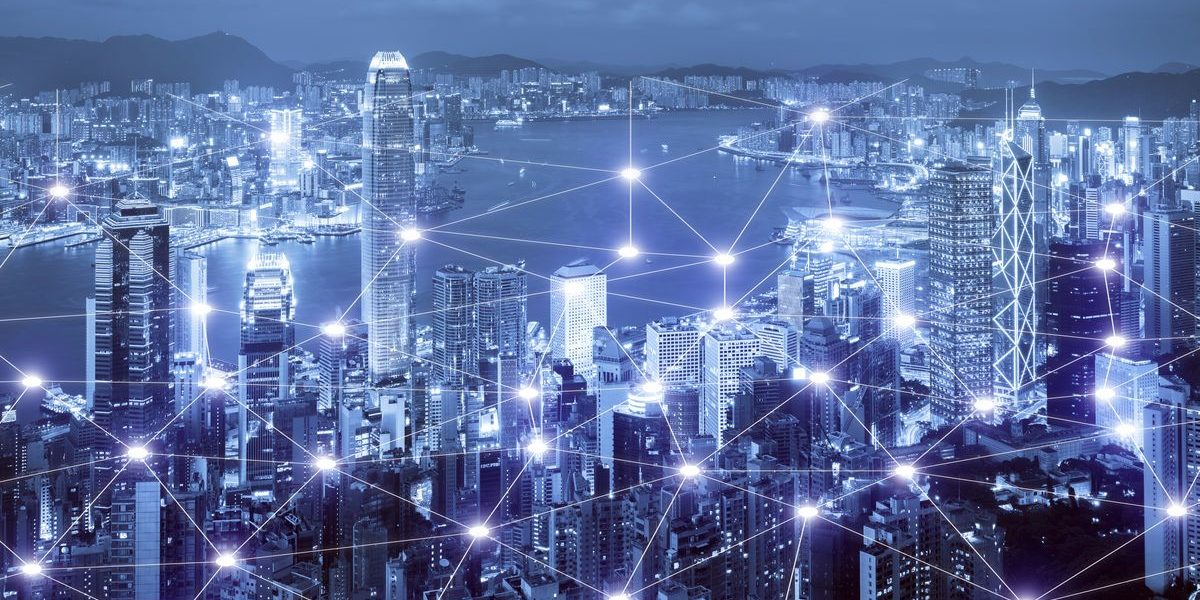
The 5G telecommunications revolution is imminent. It is the next generation of cellular network, making use of the existing 4G LTE in addition to opening up the millimeter wave band. 5G will be able to welcome more network-connected devices and increase speeds considerably for users. It will serve as the foundation for advanced services, including:
- 8k streaming, real-time mobile gaming into augmented/virtual reality experiences;
- Complex remote operations such as remote unmanned vehicles, delivery and surveillance drones, surgical robots;
- Critical infrastructure operations: enhanced management and monitoring systems for traffic, energy and water facilities;
- Emergency and healthcare interventions: services for saving lives greatly benefit from 5G installations; drones can quickly reach and live broadcast an incident location, could be used for delivering first aid and equipment or even to transport a victim to the closest medical center.
5G risks and challenges
Managing security is a continuous and dynamic process. With the dramatic increase in the number of connected devices comes a natural expansion of the attack surface and threat intensity. As 5G technologies become widely deployed, the weaknesses and inherent security flaws of 5G will be identified and hopefully quickly patched.
The key anticipated risks can be described as follows:
- Protocol weaknesses and large-scale vulnerability exploitation
- Severe DDoS attacks
- BYOD threats
- Data security and privacy
- State-funded terrorism, anti-fossil fuel activism, espionage or corporate sabotage
- Critical infrastructure/public safety
Public privacy, safety and critical infrastructure
Connected services and infrastructure is a double-edged sword that helps provide better visibility, efficiency and performance, but is making non-critical infrastructure critical and therefore exposing more of the population to unaffordable risks. The general public is being ‘lulled’ into welcoming the convenience and continuous visibility provided by 5G, though in the event of a disruption, public order could be at stake.
The conventional boundaries of critical infrastructure such as water supply, energy grid, and military facilities, and financial institutions will expand much further to other unprecedented areas in a 5G-connected world. All these will require new standards of safety.
On the privacy side, matters become more complex. The advent of 5G with its short range will definitely mean more cell communication towers and building antennas being deployed in dense urban centers. With the right toolset, someone could collect and track the precise location of users. Another issue is that 5G service providers will have extensive access to large amounts of data being sent by user devices that could show exactly what is happening inside a user’s home and at the very least describe via metadata their living environment, in-house sensors and parameters.
Taking into account all of the above, it is our view that government and industry leaders need to combine their efforts to promote secure and safe 5G technology projects to enhance the services and quality of life for citizens of smart cities.
To learn more about 5G technologies, risks, challenges and security solutions, please read the full report.
5G security and privacy for smart cities





















RIYAD AMIN
nicely say about 5G for smart city